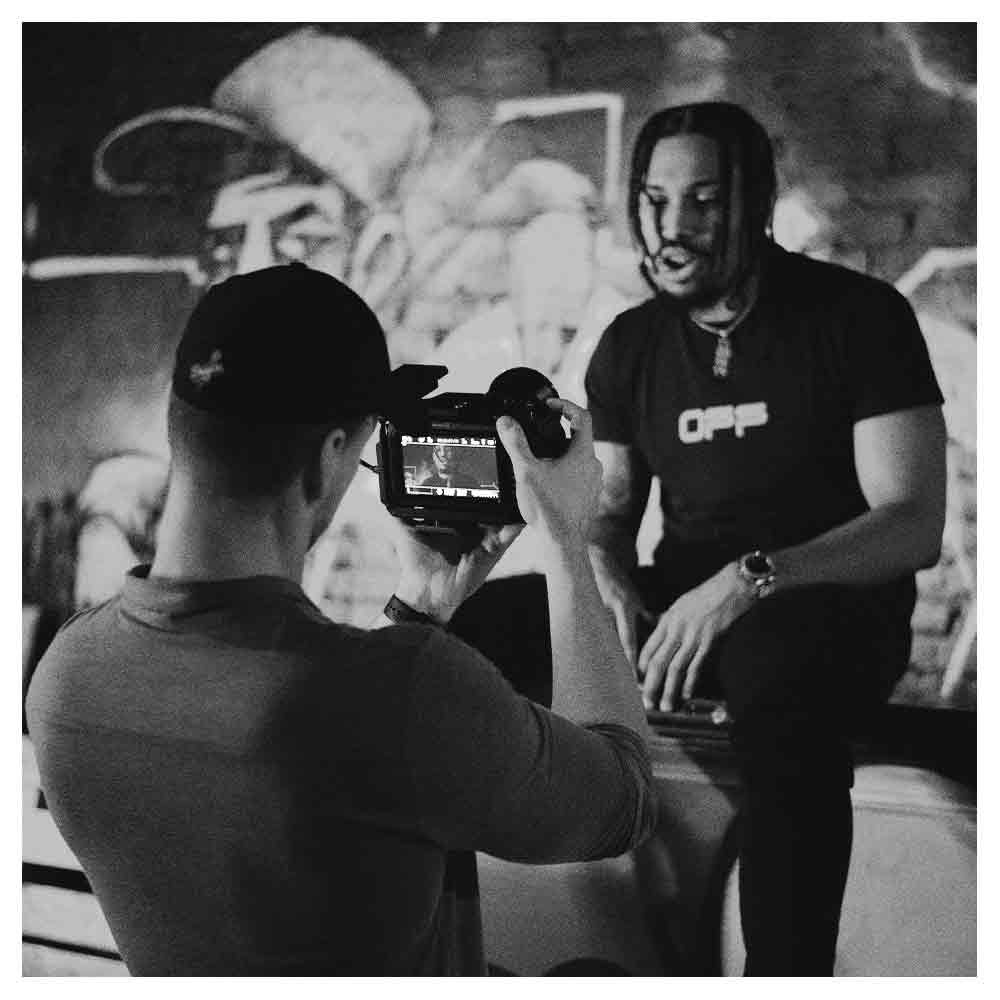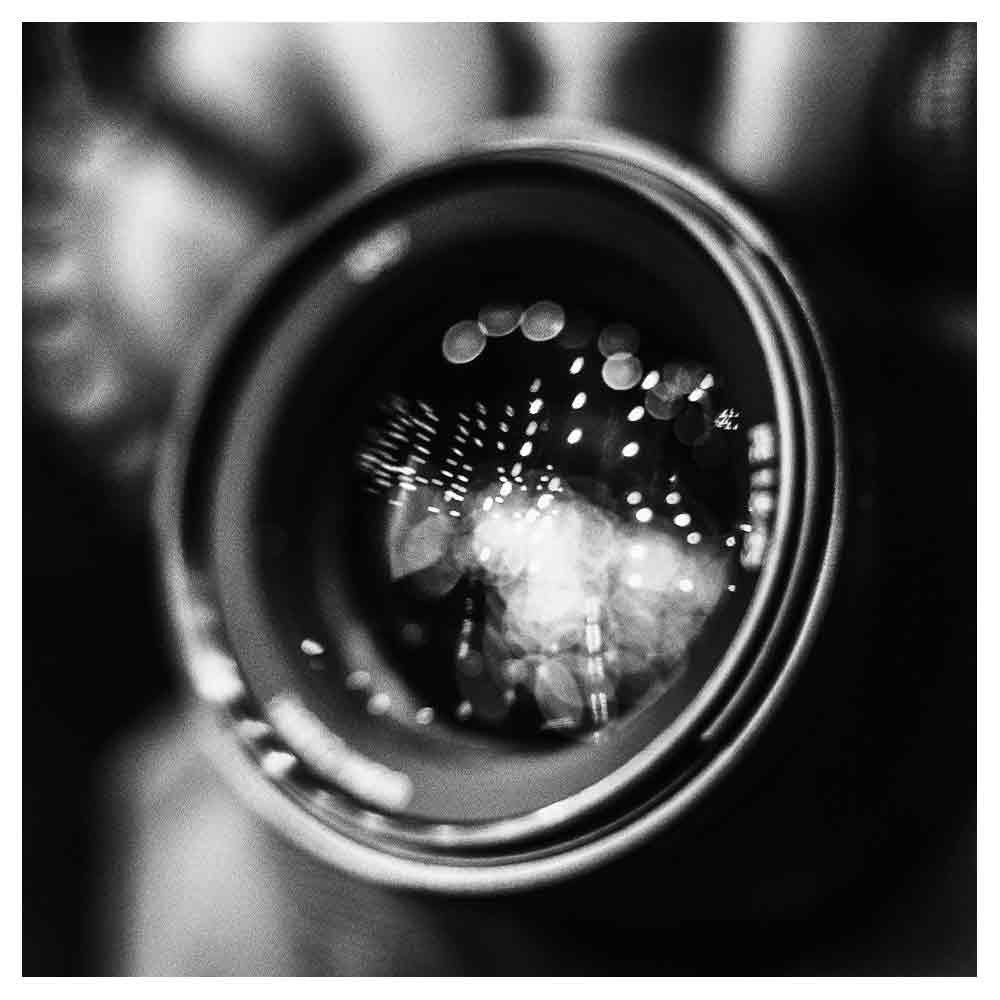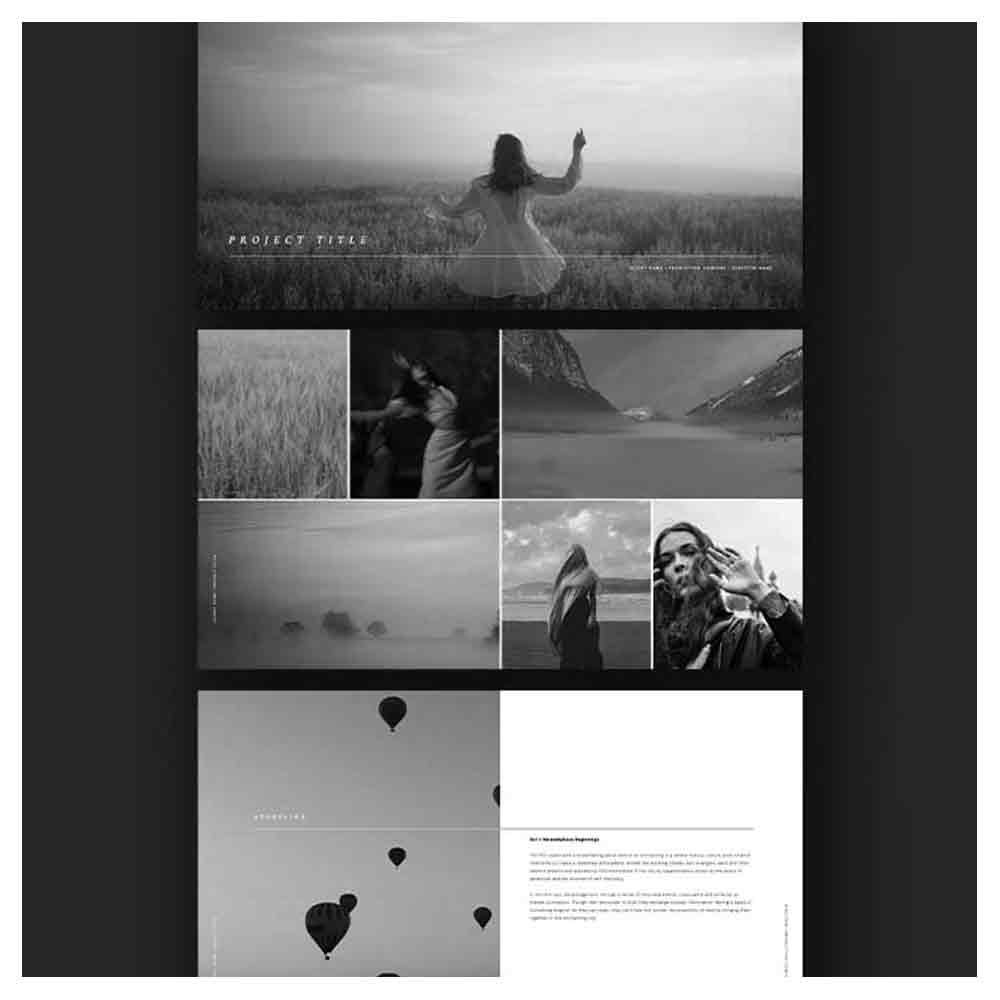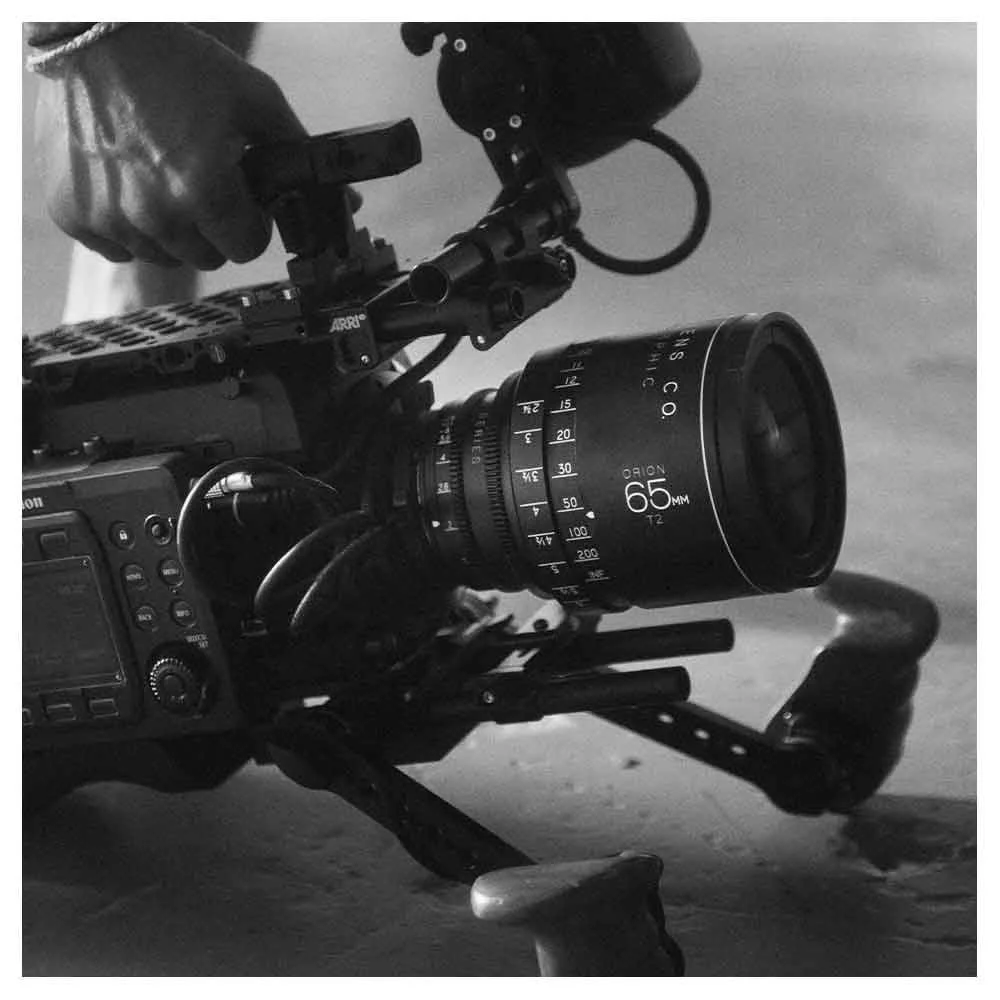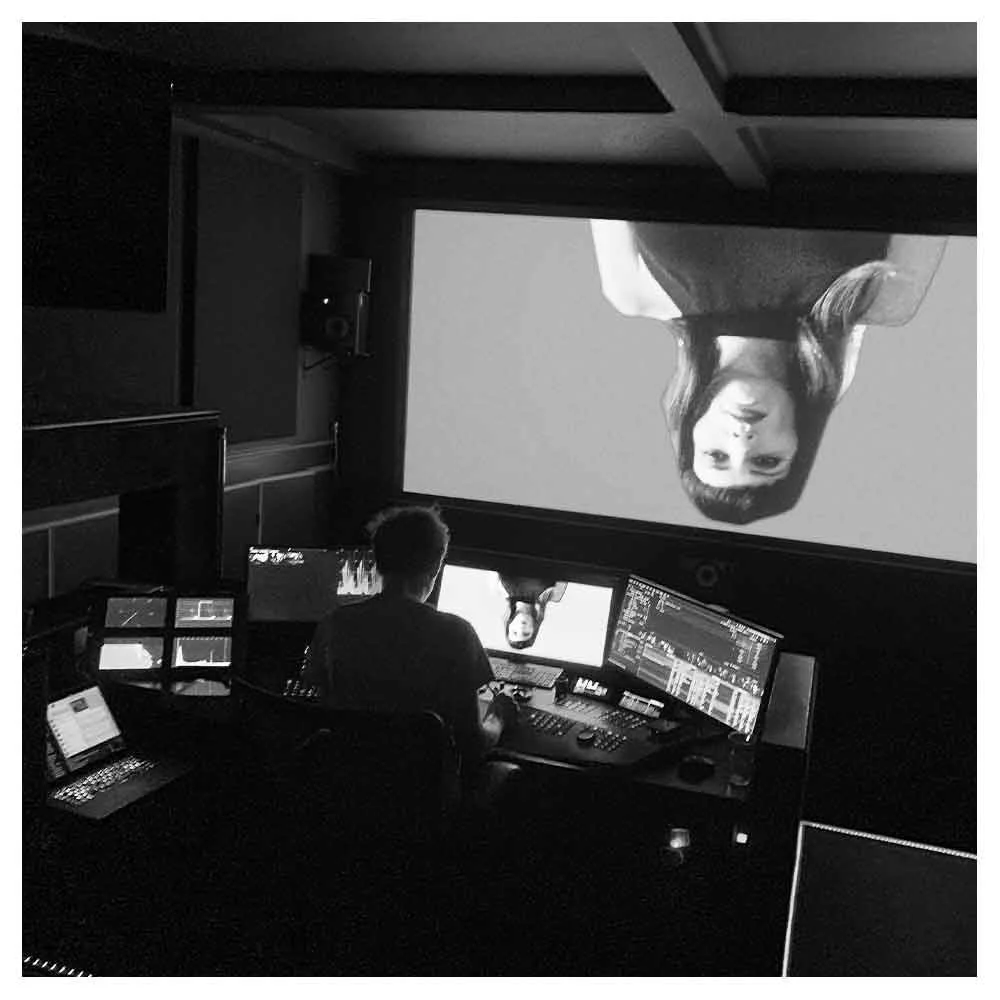How To Make A Documentary? 8 Valuable Lessons From A Documentary Filmmaker
Are you interested in making a documentary?
If so, you’ll want to read this article about eight valuable lessons I have learned while making two feature-length documentaries (‘I Am Hardwell - If You Can Dream It You Can Do It’ and ‘I Am Hardwell - Living the Dream.’) about the former number-one DJ in the world.
I hope these lessons will inspire you or help you when you want to create a project of the same kind.
Table of contents:
1. Show, don’t tell
There are several different ways to film and edit a documentary.
The easiest way to create a documentary is to interview a bunch of people, cut the talking head interviews together in the editing software, and voila! You have a documentary.
The downside of this fast and easy method is that the final result can be pretty boring for an audience because it’s just people talking for the entire film.
Tell with B-roll
The most used way to tell the story is to implement footage supporting what the people in the interviews are talking about, so-called b-roll footage.
For example, when someone talks in an interview setting about a Hardwell show, b-roll footage would be the footage of that particular Hardwell show. Editing the interview with the b-roll approach makes it much more interesting to watch because it gives the spoken words more context.
Another benefit of working with b-roll footage is editing the interviews and cutting out filler words like um's, ah's, unnecessary thoughts, and silences.
This will make the person talking to the camera sound more intelligent.
Show, don't tell
Then there's yet another way to tell a story, which comes down to showing what actually happened instead of talking about it. That was the approach we used most of the time for the I Am Hardwell documentaries.
Robbert Hardwell always allowed my camera team and me to join him on tour, so we were there with him to capture the journey instead of putting him in front of a camera and talking about what happened.
I've experienced that this 'show, don't tell' approach is the best method to create a compelling documentary.
It makes the story so much more interesting to watch; the audience will experience things as they happen instead of looking at someone talking about what happened.
Of course, you also can combine this method with interview material and b-roll to create an even stronger narrative!
2. Understand the arena
One of the most important things about making a documentary is that you need to understand your subject and the arena of your story.
When I made these two documentaries, I was already working on festival after movies for many years.
I was hired as a freelance cameraman to film some of the biggest festivals worldwide, like Ultra Music Festival Miami and EDC Las Vegas.
I had directed an eight-part online mini-series of one of the biggest party resorts in Greece, and I was already touring with DJs in the Netherlands.
When Hardwell asked me to join him on this adventure, I knew the story arena inside out. When you understand the arena of your story, you know how critical specific events are for your subject.
You’ll know the important players in that arena and how you can incorporate (or not) all those things in your project in an exciting way.
3. Documentaries need direction
Just like shooting and staging a music video, commercial, or (short) film, you have to direct the scenes of a documentary.
Some people believe this results in fake documentaries, but I don’t see it that way. There is a fine line between directing a documentary and staging your entire project as if it was a fiction film.
If you don’t direct your documentary, you film endless amounts of footage and end up killing yourself in the video editing stage. I’ve been there at the beginning.
Please don’t follow that approach.
Direct the scenes of a documentary
I advise that if you are looking for a particular shot, direct the shot. If you are looking for a specific event, direct the event. If you want to tell a specific storyline, you have to gather the elements to tell that particular storyline.
I also directed many scenes for these two Hardwell documentaries to get a particular result. The difficulty with filming a DJ on tour is that what happens, in essence, is precisely the same as the day before.
You wake up, travel, have dinner, and attend a party. Every new destination comes with the struggle of finding a new approach to telling a story.
This was especially difficult when we filmed the second I Am Hardwell documentary, which focused on Hardwell doing his first solo DJ concert world tour.
Discover potential storylines
Once we were at the destination, we started looking at what a particular destination meant for Hardwell, or we interviewed the people in his team to discover if any specific struggles defined that arena.
For example, for the concert in India, the security fences that surrounded the concert area were hand-made out of corrugated iron.
During an interview, the tour manager implied that things would become scary if these fences collapsed. A potential storyline!
Eventually, these fences actually did collapse, all hell broke loose, and Hardwell had to stop his performance near the end because the situation wasn’t safe anymore.
Because we had discovered this potential storyline early in the process, I was able to cut the pieces together to create a cohesive scene in the film.
In Vietnam, there had never been a concert before. Hardwell was the first artist ever! As you can imagine, this came with a lot of productional struggles. Another storyline!
When we were in Miami, Hardwell’s show took place in the same arena as one of his career-defining performances a few years ago. Another potential storyline!
When we found an interesting hook for a particular destination, we tried to collect all the puzzle pieces to build on that specific story later in the edit.
I’ve learned that you can’t just film whatever happens and later try to stitch something together in the edit. You have to direct it, discover potential storylines, and collect all the puzzle pieces to tell that specific story.
Do lots of interviews
What helps if you want to discover these potential storylines for your documentary is to do lots of interviews at the beginning. Try to talk to as many people as you can.
Go in with a list of questions and see where the answers will take you. A nugget of gold will always be hidden in the answers that will lead you in a new, unexpected direction.
4. Be a fly on the wall
To capture someone’s natural character for a documentary film, you must become a fly on the wall. This means you’ll have to be there with your camera as much as possible, without them noticing you.
Most of this has to do with trust. People have to feel comfortable that you’re there in the room with them so they’ll forget about your presence.
Therefore, before you slam that camera lens in someone’s face and hit the record button, establish a relationship of trust.
A chat, a lunch, or even a cup of coffee can help break the ice and let the other person feel comfortable that you’ll follow them with a camera.
Once they feel comfortable with you around them, they’ll open up instantly, and you can become a fly on the wall.
5. An artist is a brand
When making an independent documentary, you usually approach it from a journalistic standpoint.
Documentary subjects are often chosen because the creators want to tell or expose something entertaining or disturbing. You have a carte blanche on these projects to show and tell everything you want.
These documentaries usually tell the most fascinating, shocking, or revelating stories. These are the ones that win Oscars and Emmy Awards because, in a way, they make you see life in a whole new light.
Protect the Brand
But when an artist asks you to create a documentary about them, you must realize that an artist is a brand. And brands have a reputation that must be protected to protect the business involved with that brand.
The documentary you are asked to create is a means to an end. It serves a different purpose than telling or exposing something entertaining or disturbing.
In most cases, it's a marketing tool to help tell the brand's story. This means you won't have the same carte blanche regarding the documentary's content, and you'll have to deal with politics from time to time.
Struggles Define Success
Although the power of a personality-focused documentary is showing someone's soul, internal struggles, and motivations, it can be easy to fall into the trap of just telling a person's timeline when you have to deal with lots of politics.
But timelines are not what will keep an audience interested. The struggle people have to overcome in life will define their success.
The more struggles someone has to overcome before they reach the top of the mountain, the more enjoyable it will be for an audience to watch.
This means trying to explain the heroic brand journey of hard work, dedication, and lessons learned along the way while also showing negativity, mistakes, and failure.
Finding a Balance
When you’re working on an artist documentary, I guess it’s about trying to find the right balance between creating a dramatically interesting film that is creatively rewarding while protecting the brand.
I have seen it in other documentaries, for example, about famous photographer ‘Anton Corbijn’ and DJ trio ‘The Swedish House Mafia.’ You can sense something is there, but the politics don’t allow you to mention the elephant in the room.
When you end up in a situation like this, it’s up to you as the creator to find creative ways to tell a heroic journey full of struggles without damaging the brand.
6. DJ-ing is a tough job
Around 2012 when the DJ scene exploded, every kiddo on earth wanted to become a DJ—traveling the world, playing their music in front of tens of thousands of people while being admired by many more worldwide.
Many people don’t realize that being a DJ is a tough job. Essentially, they get paid to travel the world and perform their magic. I always like to compare it with a modern version of a circus.
A DJ travels to a beautiful destination that has built hype around their arrival. They perform, people have a great time, pack again, and go on to the next show. They don’t get to spend much time on location and hardly see anything of the country they’re visiting.
A DJ goes from absolute chaos to being alone in a hotel room in less than an hour. This intense travel schedule, the adrenaline rush, and long moments of silence in between can make it a mentally exhausting job that can make your home feel like a hotel room after a while.
DJs don’t get to see their family and friends often, and they sort of life in their jetlagged timezone. It’s more or less a lifestyle, and a 5 to 9 kind of job, rather than a 9 to 5 kind of job.
7. Traveling is a privilege
But, of course, it’s not all hell and horror. In my opinion, one of the greatest privileges you can have as a human being is discovering as much as possible about the planet we live on.
Seeing how other people and cultures live while capturing them on a camera is something I experienced as true wealth.
I was allowed to travel to the airport with police escorts, fly with private jets, stretch my legs in business class, and experience royal and superstar treatments everywhere we went.
It was exciting to step on a plane every time with the crew and discover new destinations, deliver a great show, and celebrate the successes together.
8. Music unites people
One of the most beautiful things in every country we visited was the unity people experienced when Hardwell performed his magic. Everybody sang along with the lyrics no matter people’s geographical background, age, skin color, or religion.
I’ve seen people from countries at war peacefully holding their national flags up next to each other in the middle of the partying crowd.
There is something magical about seeing how one person orchestrates 20.000 people to jump up and down in an arena. It’s almost like a swarm of birds that flows through the sky as one unified flow of energy. It gives me goosebumps while writing about it.
It’s hard to describe it. You have to experience it with your own eyes.
A final word
The Hardwell adventure was one-of-a-kind and changed my life forever in a positive way.
At a very young age (my early twenties), I was allowed to experience and see the world from a perspective not many people get the chance to, and I’m very grateful for that.
I cherish the memories from that time very much, and I’m still incredibly proud of the work we’ve created with the team.
Many people have asked me over the years if there will be a third chapter to the Hardwell tale. To be honest with you, I don’t know.
If there’s going to be another great story the world has to see, I hope I’m allowed to direct another one. But that decision is not up to me.
Maybe they will ask another director to jump on board to close the Hardwell documentary trilogy, and maybe not. Perhaps this is it because his story is already told, but another chapter may be written in this book.
Only time will tell…
Frequently Asked Questions about documentary filmmaking (FAQs)
What is a documentary?
A documentary film is a non-fiction movie that documents real events, people, or issues with the aim of informing, educating, or persuading audiences.
This art form can explore subjects from the Great Depression to the civil war, focusing on real life and real-world issues, and can range from educational documentaries to feature films taking place in various settings.
How do documentary filmmakers go about finding a subject to film?
Finding a subject involves a blend of structured learning and following leads in real life. Filmmakers might start with a broad topic like social change or a more specific event like the actions of well-known figures such as Michael Moore.
Inspiration can come from anywhere—personal interests, news stories, or even through requests from television shows and streaming services.
How do documentary filmmakers get funding for their films?
Funding can be one of the more challenging endeavors in film production. Filmmakers can secure funds through grants, government support, crowdfunding platforms like Kickstarter, and private investors.
Partnering with television networks or streaming services like Netflix can also provide essential financial backing.
How do documentary filmmakers get access to their subjects?
Access is typically gained through persistent efforts in building trust and rapport with the subject matter.
This might involve extensive research, using social media to connect, or leveraging personal networks. The process is critical to ensure that the film can be as informative and genuine as possible.
How can documentary filmmakers make their films impactful?
Creating a good documentary involves choosing compelling subject matter, crafting a coherent narrative that holds viewer attention, and employing various techniques, from voiceover narration to color grading, to enhance storytelling.
The end goal is often to evoke emotion, provoke thought, or inspire action.
How long does it take to make a documentary film?
The duration of making a documentary can vary significantly; projects may take anywhere from a few months to several years.
The timeline depends heavily on the depth of research, the filming process, and the complexity of editing and post-production.
What are some common techniques used in documentary filmmaking?
Documentary techniques vary widely but often include interviews (talking heads), observational footage, reenactments, archival footage, and B-roll.
More creative approaches might integrate voiceovers, point-of-view shots, and reflexive elements to engage the audience more deeply.
What equipment do documentary filmmakers typically use?
The filmmaking process requires a variety of equipment depending on the documentary's needs.
Common tools include different cameras for various shots (wide shot, close-up, etc.), sound equipment for high-quality audio, lighting setups, and editing software like Final Cut or Adobe Premiere for post-production.
Modern technology, such as drones or GoPros, might be used for specialized footage.
What are some challenges that documentary filmmakers face?
Besides funding and access, documentary filmmakers often navigate ethical dilemmas, logistical issues, and the technical challenges of film production.
They must manage unexpected developments during filming, maintain a creative vision, and handle post-production complexities to create a polished final product.
What is the documentary filmmaking process from conception to distribution?
Pre-Production: This stage involves conceptualizing the idea, performing documentary research, developing a shot list, and planning the structure and style of the film.
Production: Filmmakers capture video content, conduct interviews, and shoot various scenes and B-roll. Technical skills in camera equipment and sound recording are crucial here.
Post-Production: Filmmakers begin editing and integrating voiceovers, sound effects, and music. They might also use archival footage and stock footage to enrich the narrative. This stage often requires robust editing software and technical expertise.
Distribution: Once the film is complete, filmmakers seek distribution avenues through film festivals, streaming services, educational institutions, or online platforms like YouTube or Vimeo to reach a wider audience.
What Are Some additional tips For first-time documentary filmmakers?
Educate Yourself: Understand every facet of the documentary filmmaking process, from research to post-production.
Network: Build relationships with other filmmakers, potential subjects, and sponsors.
Stay Adaptable: Be prepared to modify your plans as new opportunities and challenges arise.
Focus on Storytelling: Always consider how your footage, interviews, and narrative techniques serve the story you want to tell.
Seek Feedback: Regularly share your work with others to gain valuable insights that can improve your film.


























